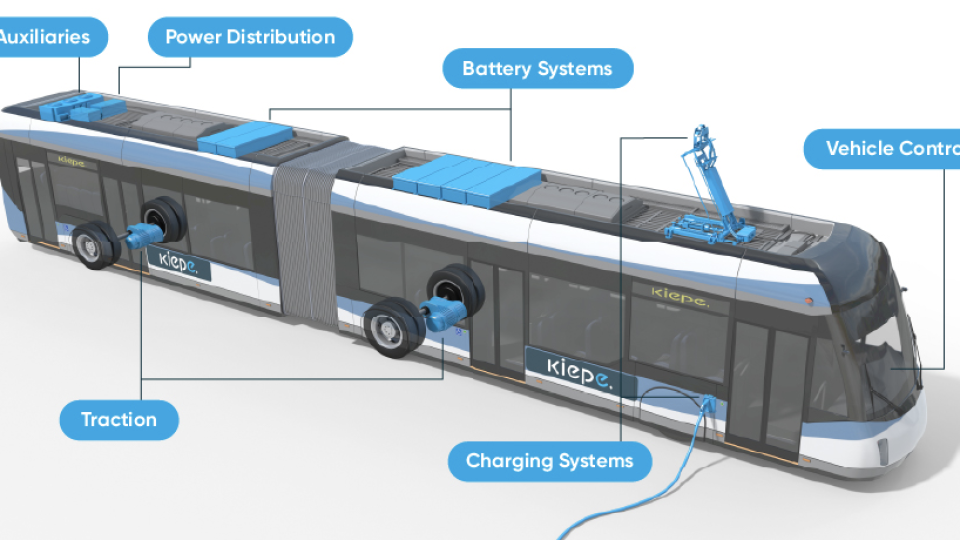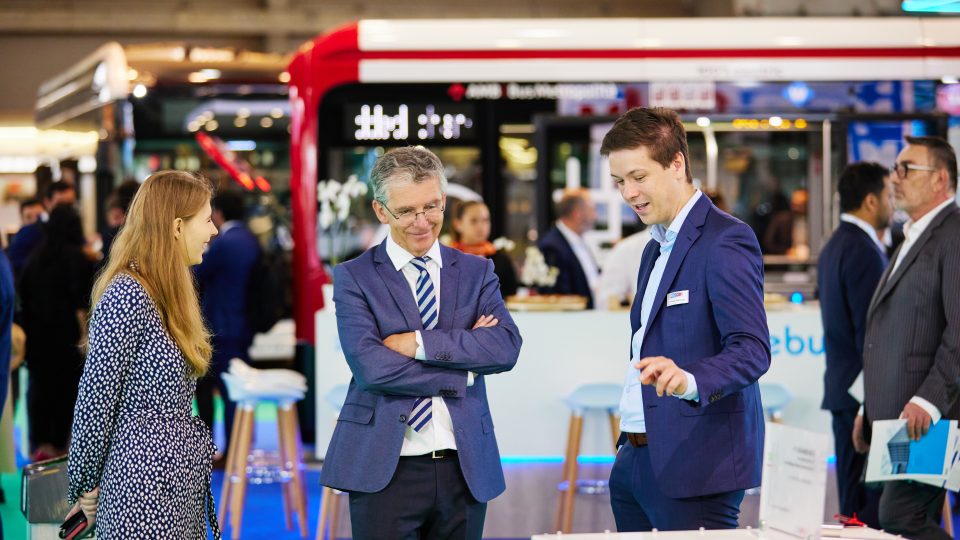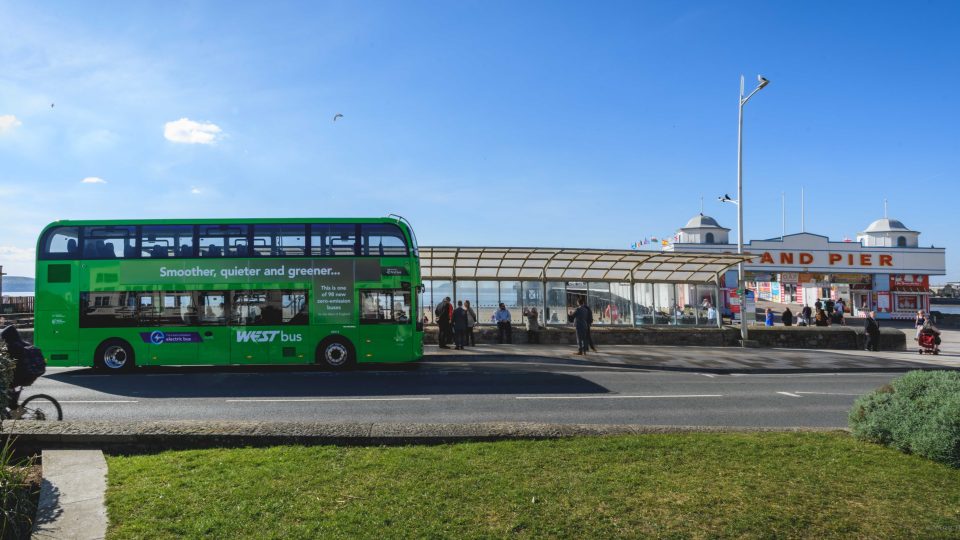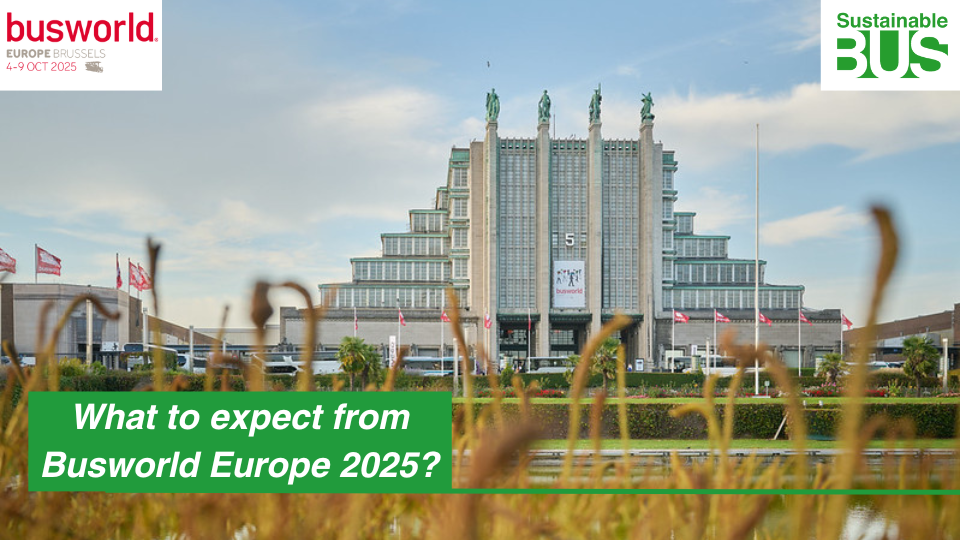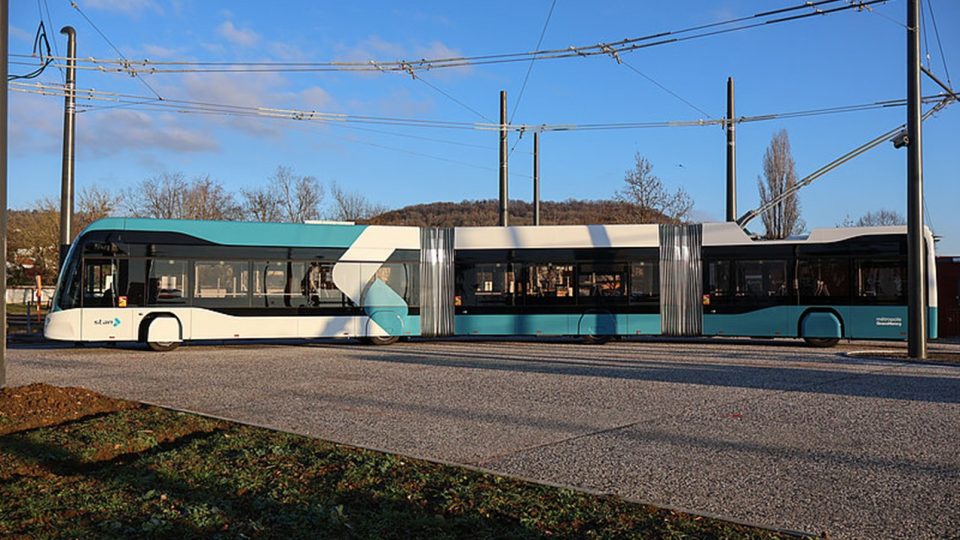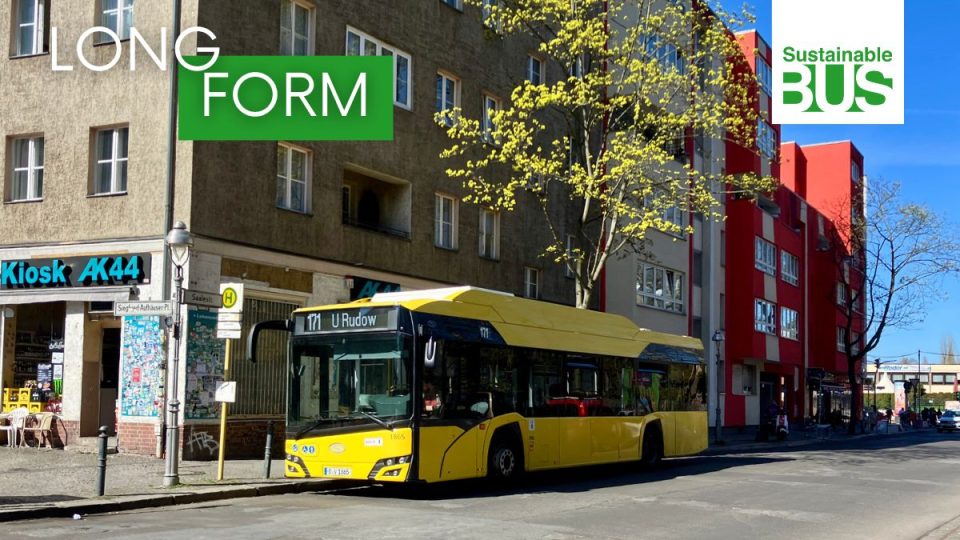Karsan set to enter intercity e-bus market in early 2025 (with a Low Entry model)
Karsan is set to introduce a intercity Low Entry electric bus model starting in early 2025. It will mark the debut of Karsan in the intercity electric bus market – as well as in the Class II market at all. In the same segment, the latest news are the launch of Irizar i3 in BEV version […]
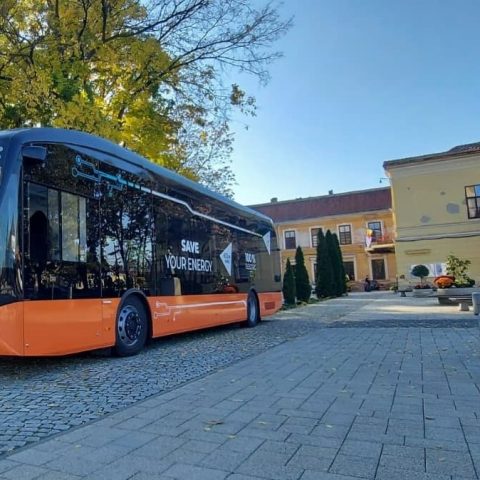
Karsan is set to introduce a intercity Low Entry electric bus model starting in early 2025. It will mark the debut of Karsan in the intercity electric bus market – as well as in the Class II market at all. In the same segment, the latest news are the launch of Irizar i3 in BEV version (Low Entry configuration) and the presentation of the normal floor Mercedes eIntouro (for rollout in 2026). The Iveco Crossway LE Elec is currently on delivery in Sardinia.
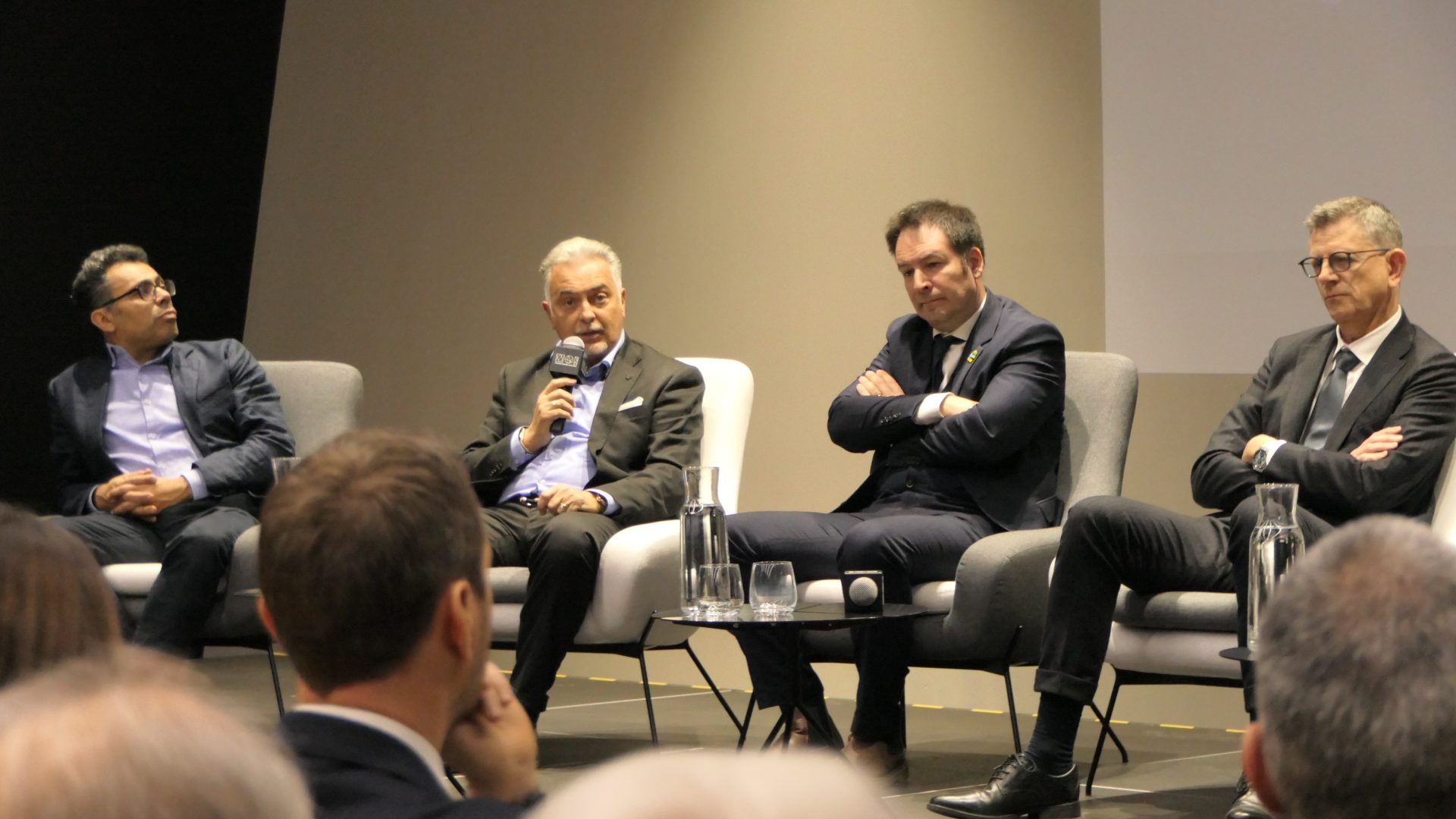
The announcement was not officially coming from the Turkish brand but comes from a statements by Tiziano Gavardini, Director of Operations at KMOBILITY, the official Italian dealer for the Karsan brand, during the conference “The Role of Hydrogen in the Energy Mix of Tomorrow’s Public Transport,” organized by our sister media AUTOBUS in cooperation with Bolzano’s operator SASA in the city of Bolzano.
Karsan intercity electric bus coming
It’s fair to assume that the new vehicle will be a Low Entry version derived from the e-Ata range, but on the other hand it suggests a growing interest of the manufacturer in a segment that would be totally new to Karsan, which today has an offer of electric BEV and fuel cell city buses ranging from 6 to 18 meters (e-Jest and e-Atak plus the e-Ata family launched in 2021).
Intercity electric buses represent a growing segment in the passenger transportation market. As of 2023, only 200 intercity electric buses were registered in Europe, a stark contrast to the over 6,000 municipal battery electric bus registrations. Despite this nascent stage, advancements in technology and regulatory changes are paving the way for broader adoption.
Intercity electric buses in Europe: the regulatory framework
The European Union has set in 2023 ambitious targets for reducing CO2 emissions from heavy-duty vehicles. While city buses will have to be 90% zero emission in 2030 and 100% zero emission in 2035, Intercity buses fall into the same category as coaches and trucks. By 2030, new registrations must achieve a 45% reduction in emissions, with targets escalating to 65% by 2035 and 90% by 2040.
Low Entry layouts are paving the way for intercity electric buses
Low Entry configurations are set to become increasingly popular in the Class II segment, due to two main factors: accessibility and the energy transition. The partially lowered floor design facilitates fast passenger handling and requires only a practical, quick manual ramp for wheelchair access, enhancing overall accessibility.
Moreover, Low Entry buses offer greater flexibility for accommodating alternative drive technologies. These technologies, often positioned on the roof, can leverage a specially modified load-bearing structure to maintain acceptable overall height. This design allows for the integration of new electric technologies without significantly altering the bus’s profile.
However, there are trade-offs. Low Entry buses must sacrifice some seating and luggage space to maintain overall passenger capacity. Additionally, they are generally more expensive than their normal floor counterparts, positioning themselves just behind fully lowered buses in terms of cost.
Despite these challenges, the increasing emphasis on ecological factors is likely to drive growth in this segment.


